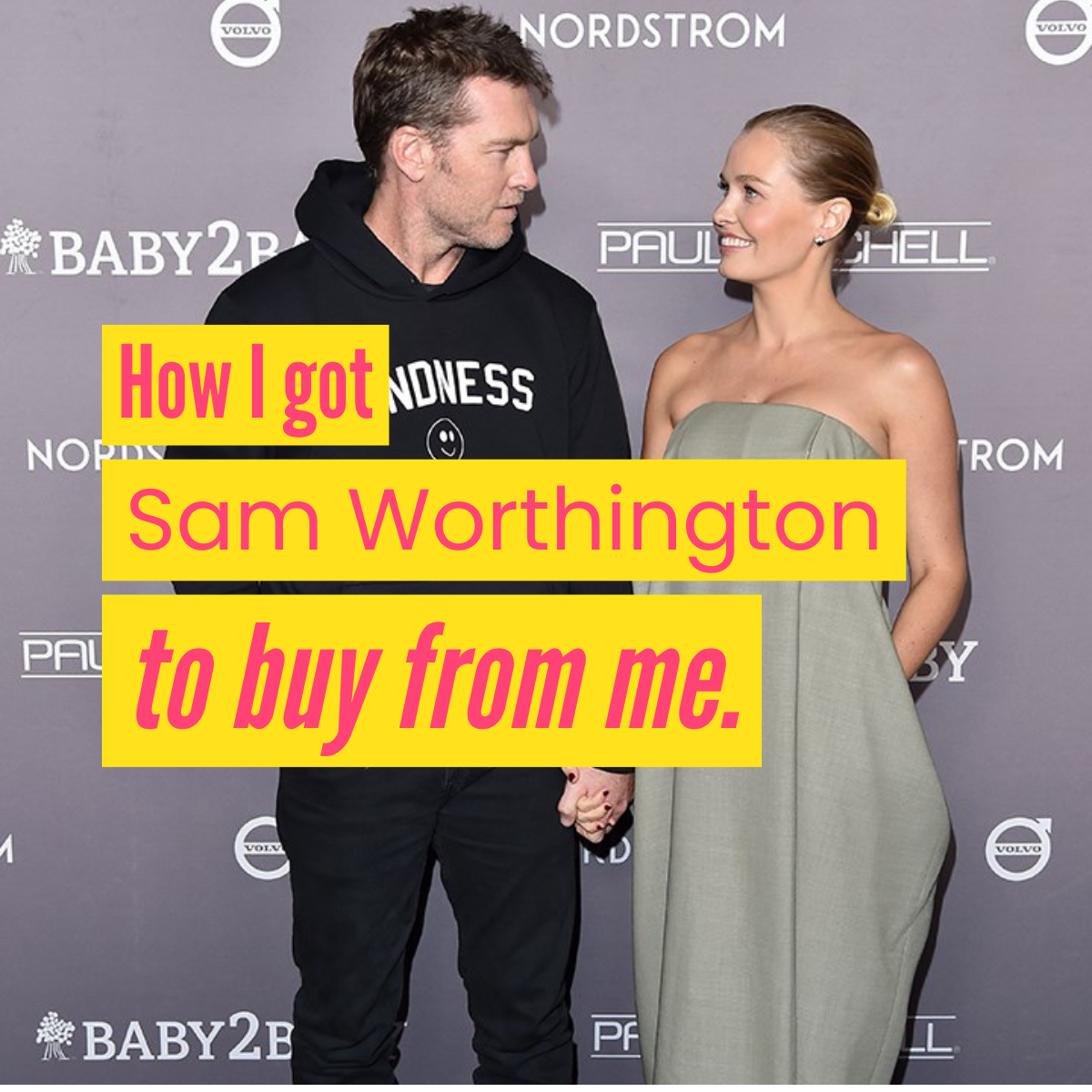In December 2018, the Australian government introduced the Modern Slavery Act, a landmark piece of legislation requiring businesses with an annual turnover of $100 million or more to publish ‘modern slavery statements’ annually.
Nearly two years on, as the 31 March 2021 reporting deadline fast approaches, a wave of statements have been submitted from Australian and international businesses, including some of our favourite fashion brands.
So, what is the Modern Slavery Act? And now that the first statements have been published, what are the key takeaways?
The Modern Slavery the Act requires companies, including fashion brands, to report annually on modern slavery in their supply chains. The reports are publicly available on an online register.
The Act defines modern slavery as human trafficking, slavery like conditions, servitude, forced labour, forced marriage and child labour. Why do we need protections against slavery in modern times? Because it's still a serious and current issue, both in Australia and overseas. The Global Slavery Index estimates that in 2018, there were approximately 40.3 million people subject to modern slavery. Even in Australia, it is estimated that at least 15,000 people are living in slavery like conditions.
Reporting companies come from a wide cross section of industries, from fast fashion to wine to health insurance. Regulations require companies with an annual revenue of $100 million or higher to report, but companies can also voluntarily report if they're under that threshold too.
The Act requires companies to report on modern slavery risks, the actions taken to address and mitigate those risks in their operations and supply chains including tier one, two and three suppliers. While it is an Australian law, the reach of the Act goes further than Australia, where companies must investigate, measure and address their entire supply chain domestically and internationally. How far a company decides to investigate and disclose in their annual report is up to them.
Unfortunately, there are no penalties for companies if modern slavery is found in their supply chains. In fact, there are no penalties for companies who fail to report or report falsely either. As the Act is up for review in late 2021, we will have to wait and see whether this will be remedied.
What are the key takeaways from the first reports?
So far, there are 1,050 entities that have reported, 80 of which reported voluntarily. Large Australian and international companies, such as Coles and BHP, have already reported. On the fashion side, over 10 brands have reported, including the likes of Glue Store, Zimmerman, Myer, Rip Curl, Zara, Lululemon and Kathmandu. The length and detail across the reports varies greatly (ranging from seven pages to 60), but in some instances, length does not indicate detail or disclosures. The focus in the reports is overwhelmingly focused on risk, processes and policies - so don't expect admissions of guilt or disclosures of modern slavery.
For many companies, the main takeaway is that there is more work to be done. Modern slavery risk mapping is still in its infancy and many companies do not know the width or depth of their supply chains. The Act appears to be doing its job in forcing companies to scrutinise their supply chains, but it remains to be seen whether this will lead to companies actually taking responsibility for them.
So for consumers, how do these Modern Slavery reports assist us when making purchasing decisions? While the Act does not provide a scorecard for each company, the reports can provide some guidance for consumer decision making. If companies fail to report or do not appear to have provided enough detail, consumers can contact them on social media or raise the issue directly with them. The aim of the public database is to create a 'race to the top', so providing some pressure on companies, either through the power of the dollar or consumer feedback, is a small but effective way to have an impact.
As there is only one month left to report, we hope to see many more than the 10 or so fashion brand reports currently on the database, including reports from Australian brands. We also hope that next reporting cycle, we see more fashion brands report (including through voluntarily reporting) and that these reports are transparent, detailed and show commitment to addressing modern slavery in the future.
Written by Georgia Monaghan.
The Fashion Advocate x



